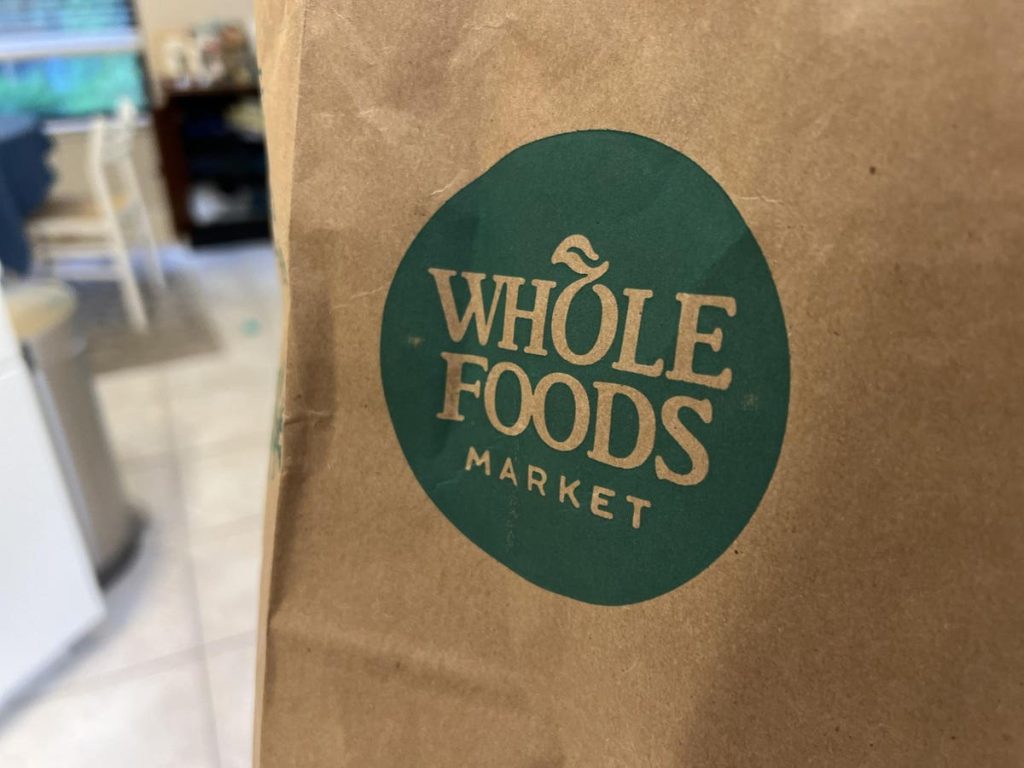Whole Foods recently discussed plans to improve its price positioning in response to rising grocery bills caused by inflation. The chain is increasing promotions, offering more discounts, and making its private label goods more affordable to address the growing price sensitivity among consumers. This shift comes as the upscale grocery shopper is exploring alternative options like Walmart, whose strong Q1 earnings report indicates increased market share.
The idea of Whole Foods moving towards a mid-market position has been circulating since before the Amazon acquisition. The chain’s prices have always been a point of contention, with the popular “Whole Paycheck” nickname highlighting the premium prices associated with the brand. The potential trade-down from Whole Foods during tough economic times has been a concern, prompting discussions on how the chain can succeed in its pursuit of attracting a wider customer base while maintaining its quality standards.
The acquisition by Amazon in 2017 was seen as a game-changer for Whole Foods, with expectations of innovative strategies and technology integration to enhance the customer experience. However, many of these promises have not materialized, and price points at Whole Foods remained a concern. Despite initial price drops post-acquisition, the chain is still perceived as overpriced, prompting the recent focus on price reductions and private label offerings akin to mass merchants like Target and Walmart.
Whole Foods has experimented with off-price concepts like its Whole Foods 365 stores in the past, but these initiatives were abandoned after the Amazon acquisition. The recent price drops in-store, focus on private labels, and Amazon’s online single cart strategy for grocery delivery represent a significant revamp of the chain under Amazon’s ownership. The potential future scenarios of Whole Foods replicating the single-cart strategy in physical stores or reintroducing off-price concepts raise questions about the brand’s identity and market positioning.
As Whole Foods navigates the balance between high-quality offerings and competitive pricing, competitors like Sprouts Farmers Market serve as a benchmark for success in the natural grocery segment. While the shift towards value-based strategies may appeal to price-sensitive consumers, the challenge lies in maintaining the brand’s reputation for quality. Amazon’s influence on Whole Foods’ pricing and value proposition will ultimately determine the chain’s long-term positioning in the retail landscape.
In conclusion, Whole Foods’ strategic shift towards offering more value-driven deals and discounts reflects a broader trend in the retail industry towards price sensitivity. By leveraging technology and innovative services, Amazon aims to redefine the value proposition of Whole Foods while retaining its reputation for quality. As consumers seek alternatives in response to rising grocery bills, Whole Foods’ ability to strike a balance between quality and affordability will be crucial in shaping its future as a national luxury grocery operator.


